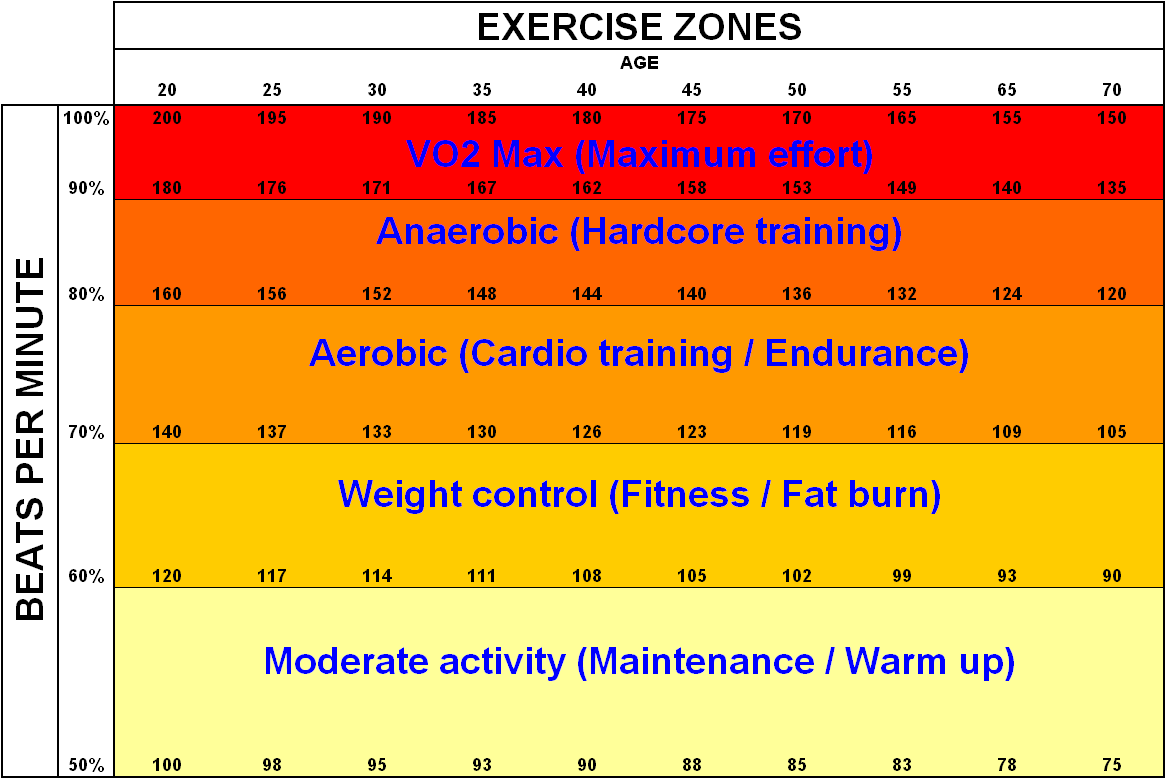Anaerobic exercise
From Wikipedia, the free encyclopedia
Anaerobic exercise is exercise intense enough to trigger anaerobic metabolism.
It is used by athletes in non-endurance sports to build power and by body builders to build muscle mass.
Muscles trained under anaerobic conditions develop differently, leading to greater performance in short duration, high intensity activities, which last up to about 2 minutes.[1]
Aerobic exercise, on the other hand, includes lower intensity activities performed for longer periods of time. Such activities like walking, running, swimming, and cycling require a great deal of oxygen to generate the energy needed for prolonged exercise to maintain a certain energy level.
There are two types of anaerobic energy systems,
the ATP-CP energy system, which uses creatine phosphate as the main energy source, and
the lactic acid (or anaerobic glycolysis) system that uses glucose (or glycogen) in the absence of oxygen.
Events or activity that last up to about 30 seconds rely primarily on the former, phosphagen, system.
Beyond this time aerobic and anaerobic glycolysis begin to predominate.
Anaerobic glycolysis uses glucose inefficiently, and produces by-products such as lactic acid that are thought to be detrimental to muscle function; this limits activity based predominantly on anaerobic glycolysis to about 2 minutes. The effectiveness of anaerobic activity can be improved through training.[2] [1]
Lactate threshold (LIP or Lactate Inflection Point)
The lactate threshold (LT) is the exercise intensity at which lactic acid starts to accumulate in the blood stream. This happens when it is produced faster than it can be removed (metabolized). This point is sometimes referred to as the anaerobic threshold (AT), or the onset of blood lactate accumulation (OBLA).
When exercising below the LT intensity any lactate produced by the muscles is removed by the body without it building up.
The lactate threshold is a useful measure for deciding exercise intensity for training and racing in endurance sports (e.g. long distance running, cycling, rowing, swimming, motocross, and cross country skiing), and can be increased greatly with training.
Fartlek (speed-play) training and interval training take advantage of the body being able to temporarily exceed the lactate threshold, and then recover (reduce blood-lactate) while operating at below the threshold, but still doing physical activity.
Fartlek and interval training are similar, the main difference being the relative intensities of the exercise, best illustrated in a real-world example:
Fartlek training would involve constantly running, for a period time running just above the lactate threshold, and then running at just below it,
while interval training would be running quite high above the threshold, but then slowing to a walk or slow jog during the rest periods. Interval training can take the form of many different types of exercise and should closely replicate the movements found in the sport.(3)
Fartlek would be used by people who are constantly moving, with occasional bouts of speed, such as soccer players,
while interval training is more suited to sprinters, who exert maximum effort and then can stop exerting completely.
With both styles of training, one can exert more effort before fatiguing and burn more calories than exercising at a constant pace (continuous training), but will emphasize training the anaerobic system rather than the aerobic system.
Long duration training below the lactate threshold is recommended to primarily work the aerobic system.
Accurately measuring the lactate threshold involves taking blood samples (normally a pinprick to the finger, earlobe or thumb) during a ramp test where the exercise intensity is progressively increased. Measuring the threshold can also be performed non-invasively using gas-exchange (Respiratory quotient) methods, which requires a metabolic cart to measure air inspired and expired.
Although the lactate threshold is defined as the point when lactic acid starts to accumulate, some testers approximate this by using the point at which lactate reaches a concentration of 4 mM (at rest it is around 1 mM) .
There are well validated methods of using breathing rate as a determinant for anaerobic threshold or VT2.
The heart at VT2 is a valid method to measure a persons fitness or fatigue.
For example the Zephyr Bioharness measures a persons heart rate and breathing rate and activity.
This allows a trainer, coach or doctor to measure a persons fitness using a "beep test" or "shuttle run" during training. This has been performed traditionally in exercise labs on a treadmill with a spirometer. The treadmill measures the speed and the spirometer measures the ratio of oxegen volume, VO, in to carbon monoxide volume , VCO2out. (ref: Carey, DG., Schwarz, LA., Pliego, GJ & Raymond, RL. (2005).
Respiratory Rate is a Valid and Reliable Marker for the Anaerobic Threshold: Implications for Measuring Cchnage in Fitness. Journal of Sports Science and Medicine: 4; pp. 482-488. )
References
'건강하고 행복하게 > 建康 運動' 카테고리의 다른 글
| Interval training-High-intensity interval training (0) | 2008.11.22 |
|---|---|
| ANAEROBIC TRAINING (0) | 2008.11.22 |
| 체지방 뺄 걱정하지 말고 근육부터 키워라 (0) | 2008.11.19 |
| mitochondria (0) | 2008.11.16 |
| Weightlifting (0) | 2008.11.16 |
